The Fine Line Between Distance Per Stroke & Stroke Rate
The Fine Line Between Distance Per Stroke & Stroke Rate
Abbie Fish of Ritter Sports Performance talks about the importance of and relationship between distance per stroke (DPS) and stroke rate in swimming. Ryan Held and Caeleb Dressel are used as examples.
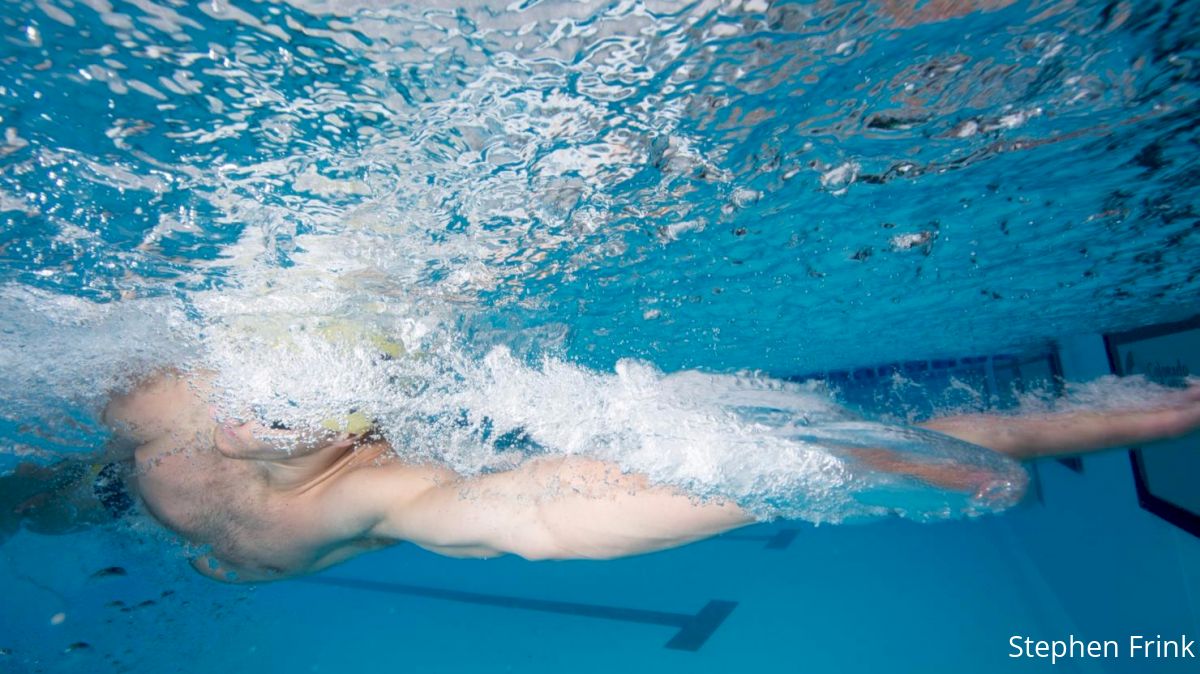
For our next technique series, I decided to change things up a bit. Instead of talking about one specific piece of the pie, let's look at the pie as a whole.
As swimmers progress through the sport, they start gaining an understanding of their distance per stroke (DPS) and stroke rate (SR). Manipulating these two numbers can have a significant impact on a swimmer's race and their stroke "efficiency". With a regular coaching stopwatch, anyone can get their calculated SR. Also, with the abundance of new iPhone apps and software programs -- getting your estimated DPS is now very easy to do too.
If you haven't heard of these terms before and/or aren't familiar with them, it's okay. Here are the definitions:
Distance Per Stroke: the distance traveled (in meters or yards) from each individual stroke.
Stroke Rate: the time it takes to complete one full stroke cycle
Keep in mind when talking about freestyle and backstroke, DPS and SR deal with individual arm strokes (right versus left). While butterfly and breaststroke -- both arms move at the same time, so their DPS and SR is calculated by both arms moving at the same time. There is no right arm or left arm DPS or SR for these strokes.
It is an inverse relationship. The faster you turn your arms over, the lower your DPS will be. If you increase your DPS, your SR goes down. The goal for each swimmer is to find their balance between a good DPS and a high SR.
I recently posted a video on my Instagram account (@theafish1), analyzing Caeleb Dressel. The video is from the SEC Championships, where he split a 17.86 in a 50 freestyle on a 200 freestyle relay. My analyzed video was watched over 30,000 times, but I guarantee most people missed the most incredible point of his analyzed swim.
Check it out:
What did you see?
The first thing that came to my mind is the fact that he spent the majority of his race underwater. And it's true: Caeleb spent 26.45 yards underwater -- over 50% of his race. But, beyond that, what is so impressive is the fact he swam with an average SR of 0.46 seconds (converts to 130 strokes per minute) and kept an average DPS of 0.92 yards.
To put that in perspective, Ryan Held split an 18.15 at the 2017 ACC Championships. Held held an average SR of 0.46 (converting to 130 stroke per minute) and held a 0.88 DPS. See below:
So while Caeleb and Held had similar stroke rates, Caeleb traveled 0.04 yards further each stroke than Held. So if they both swam against each other with the same metrics above (keeping their stroke count the same and not including underwaters), Caeleb would beat Held by 1.13 seconds in 50 yards of straight freestyle swimming.
That is the power of DPS.
It is ideal for you (and your swimmers) to find their balance with SR and DPS. Being great at one of these metrics is not good enough. So while Held was only out-split by Dressel by 0.29, it was due to his underwater capability that he was as close to Dressel's split.
Next week, we will dig deeper into the power of underwaters and why staying underwater longer (than you might think) is actually beneficial to your races.
---
Abbie Fish has been in the competitive swimming realm for over 20 years. After capping off a successful career at University of Georgia, Abbie soon found herself back on the deck as a coach.
Currently, Abbie is a Technique Swim Coach at Ritter Sports Performance. She spends her time analyzing race videos and studying different style of stroke technique. If you'd like your stroke analyzed, or a swimmer of yours -- visit their website: http://www.rittersp.com/video for more information or email Abbie at abbie@rittersp.com.
As swimmers progress through the sport, they start gaining an understanding of their distance per stroke (DPS) and stroke rate (SR). Manipulating these two numbers can have a significant impact on a swimmer's race and their stroke "efficiency". With a regular coaching stopwatch, anyone can get their calculated SR. Also, with the abundance of new iPhone apps and software programs -- getting your estimated DPS is now very easy to do too.
If you haven't heard of these terms before and/or aren't familiar with them, it's okay. Here are the definitions:
Distance Per Stroke: the distance traveled (in meters or yards) from each individual stroke.
Stroke Rate: the time it takes to complete one full stroke cycle
Keep in mind when talking about freestyle and backstroke, DPS and SR deal with individual arm strokes (right versus left). While butterfly and breaststroke -- both arms move at the same time, so their DPS and SR is calculated by both arms moving at the same time. There is no right arm or left arm DPS or SR for these strokes.
What is the balance between DPS and SR?
It is an inverse relationship. The faster you turn your arms over, the lower your DPS will be. If you increase your DPS, your SR goes down. The goal for each swimmer is to find their balance between a good DPS and a high SR.
I recently posted a video on my Instagram account (@theafish1), analyzing Caeleb Dressel. The video is from the SEC Championships, where he split a 17.86 in a 50 freestyle on a 200 freestyle relay. My analyzed video was watched over 30,000 times, but I guarantee most people missed the most incredible point of his analyzed swim.
Check it out:
What did you see?
The first thing that came to my mind is the fact that he spent the majority of his race underwater. And it's true: Caeleb spent 26.45 yards underwater -- over 50% of his race. But, beyond that, what is so impressive is the fact he swam with an average SR of 0.46 seconds (converts to 130 strokes per minute) and kept an average DPS of 0.92 yards.
To put that in perspective, Ryan Held split an 18.15 at the 2017 ACC Championships. Held held an average SR of 0.46 (converting to 130 stroke per minute) and held a 0.88 DPS. See below:
So while Caeleb and Held had similar stroke rates, Caeleb traveled 0.04 yards further each stroke than Held. So if they both swam against each other with the same metrics above (keeping their stroke count the same and not including underwaters), Caeleb would beat Held by 1.13 seconds in 50 yards of straight freestyle swimming.
That is the power of DPS.
It is ideal for you (and your swimmers) to find their balance with SR and DPS. Being great at one of these metrics is not good enough. So while Held was only out-split by Dressel by 0.29, it was due to his underwater capability that he was as close to Dressel's split.
Next week, we will dig deeper into the power of underwaters and why staying underwater longer (than you might think) is actually beneficial to your races.
---
Abbie Fish has been in the competitive swimming realm for over 20 years. After capping off a successful career at University of Georgia, Abbie soon found herself back on the deck as a coach.
Currently, Abbie is a Technique Swim Coach at Ritter Sports Performance. She spends her time analyzing race videos and studying different style of stroke technique. If you'd like your stroke analyzed, or a swimmer of yours -- visit their website: http://www.rittersp.com/video for more information or email Abbie at abbie@rittersp.com.
Related Content
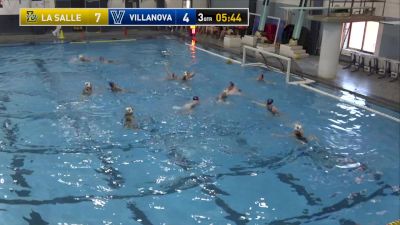 Replay: Le Salle vs Villanova - WWP - 2024 La Salle vs Villanova | Apr 7 @ 3 PM
Replay: Le Salle vs Villanova - WWP - 2024 La Salle vs Villanova | Apr 7 @ 3 PMApr 7, 2024
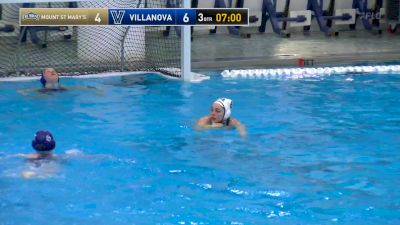 Replay: Mount St. Mary's vs Villanova - WWP - 2024 Mount St. Mary's vs Villanova | Apr 6 @ 7 PM
Replay: Mount St. Mary's vs Villanova - WWP - 2024 Mount St. Mary's vs Villanova | Apr 6 @ 7 PMApr 7, 2024
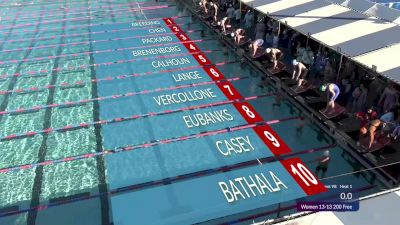 Replay: Finals - 2024 ISCA East Coast Elite Showcase | Apr 6 @ 4 PM
Replay: Finals - 2024 ISCA East Coast Elite Showcase | Apr 6 @ 4 PMApr 7, 2024
 Replay: Prelims Locker Side - 2024 ISCA East Coast Elite Showcase | Apr 6 @ 8 AM
Replay: Prelims Locker Side - 2024 ISCA East Coast Elite Showcase | Apr 6 @ 8 AMApr 6, 2024
 Replay: VMI vs Villanova - WWP - 2024 VMI vs Villanova | Apr 6 @ 11 AM
Replay: VMI vs Villanova - WWP - 2024 VMI vs Villanova | Apr 6 @ 11 AMApr 6, 2024
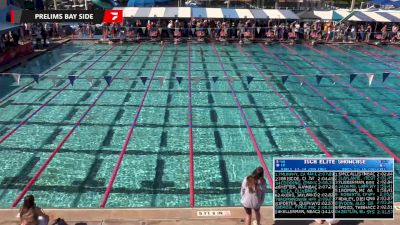 Replay: Prelims Bay Side - 2024 ISCA East Coast Elite Showcase | Apr 6 @ 9 AM
Replay: Prelims Bay Side - 2024 ISCA East Coast Elite Showcase | Apr 6 @ 9 AMApr 6, 2024
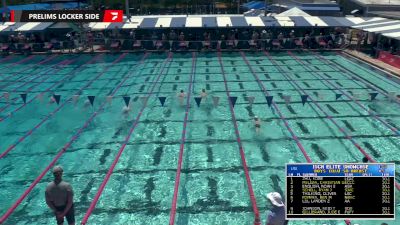 Replay: Prelims Locker Side - 2024 ISCA East Coast Elite Showcase | Apr 5 @ 8 AM
Replay: Prelims Locker Side - 2024 ISCA East Coast Elite Showcase | Apr 5 @ 8 AMApr 6, 2024
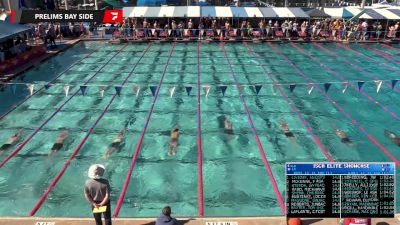 Replay: Prelims Bay Side - 2024 ISCA East Coast Elite Showcase | Apr 5 @ 8 AM
Replay: Prelims Bay Side - 2024 ISCA East Coast Elite Showcase | Apr 5 @ 8 AMApr 5, 2024
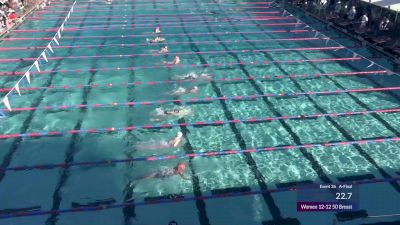 Replay: Finals - 2024 ISCA East Coast Elite Showcase | Apr 4 @ 4 PM
Replay: Finals - 2024 ISCA East Coast Elite Showcase | Apr 4 @ 4 PMApr 5, 2024